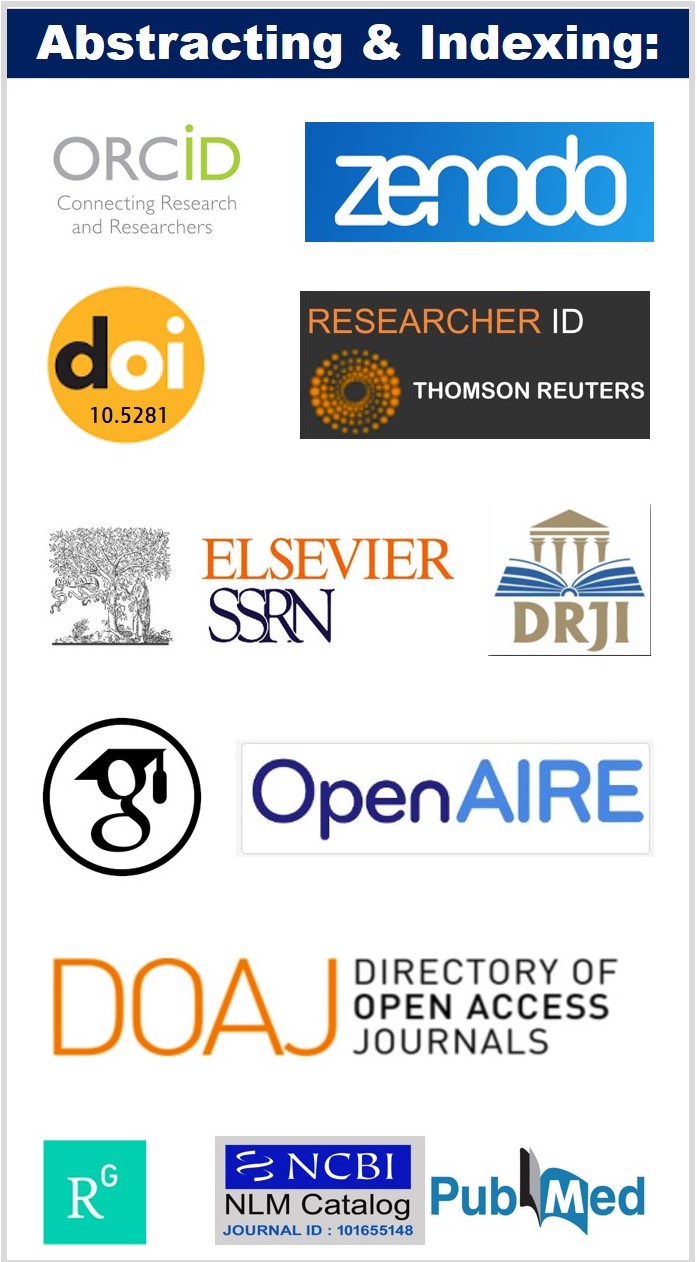Research Article I Volume 7 I Issue 1 I 2019
Epidemiological Analysis of Dengue Fever in Hyderabad 2015-2018
Muttineni Radhakrishna
Biolife, Volume 7 , Issue 1, 2019, pp 6-9
DOI:https://doi.org/10.5281/zenodo.14073312
Abstract:
This study presents an epidemiological analysis of dengue fever in Hyderabad, India, from 2015 to 2018, highlighting the dynamics of transmission and outbreak patterns. Data were collected from the Fever Hospital and the Institute of Preventive Medicine, focusing on seasonal trends, demographic distribution, and geographic hotspots. The analysis revealed a significant fluctuation in dengue cases, with a notable rise in positivity rates, increasing from 2.49% in 2015 to 29.23% in 2018, despite a decrease in overall tests conducted. The total number of positive cases surged from 22 in 2015 to 145 in 2018, indicating escalating transmission rates. Admissions peaked in 2016 at 528 cases, followed by a decline to 177 in 2018, suggesting improved community health measures and clinical management, as no fatalities were recorded during the study period. The findings underscore the urgent need for enhanced public health interventions and vector control strategies to address the rising incidence of dengue in Hyderabad, particularly in light of environmental and socio-economic factors influencing transmission. This analysis aims to inform future public health policies and preventive measures to mitigate dengue outbreaks effectively.
Keywords:
Dengue Fever, Epidemiology, Public Health, Aedes Mosquito, Hyderabad
References:
[1] Guzman, M. G., & Harris, E. (2015). Dengue. The Lancet, 385(9966), 453-465. doi:10.1016/S0140-6736(14)60572-9.
[2] Murray, N. E., Quam, M. B., & Wilder-Smith, A. (2013). Epidemiology of dengue: past, present and future prospects. Clinical Epidemiology, 5, 299–309. doi:10.2147/CLEP.S34440.
[3] Gubler, D. J. (2011). Dengue, urbanization and globalization: The unholy trinity of the 21st century. Tropical Medicine and Health, 39(4), 3-11.
[4] Cassie C. Jansen, Nigel W. Beebe,The dengue vector Aedes aegypti: what comes next, Microbes and Infection, Volume 12, Issue 4, 2010,Pages 272-279
[5] Adriano Mondini, Francisco Chiaravalloti Neto Socioeconomic factors affecting dengue transmission. World Health Organization. Dengue factsheet, 2005. Geneva; 2005
[6] http://www.who.int/mediacentre/factsheets/fs117/en/ Dengue Bulletin, 39, 92-97.
[7] Cameron P. Simmons, Ph.D., Jeremy J. Farrar, M.D., Ph.D., Nguyen van Vinh Chau, M.D., Ph.D., and Bridget Wills, M.D., D.M (2012). Dengue. New England Journal of Medicine, 366(15), 1423-1432
Article Dates:
Muttineni Radhakrishna (2019). Epidemiological Analysis of Dengue Fever in Hyderabad 2015-2018. Biolife. 7(1), 6-9. DOI: 10.5281/zenodo.14073313. Received: 23 January 2019; Accepted: 6 March 2019; Published online: 17 March 2019
How To Cite:
Muttineni Radhakrishna (2019). Epidemiological Analysis of Dengue Fever in Hyderabad 2015-2018. Biolife. 7(1), 6-9. DOI: 10.5281/zenodo.14073313




